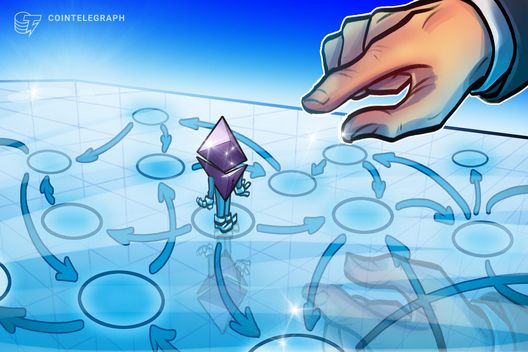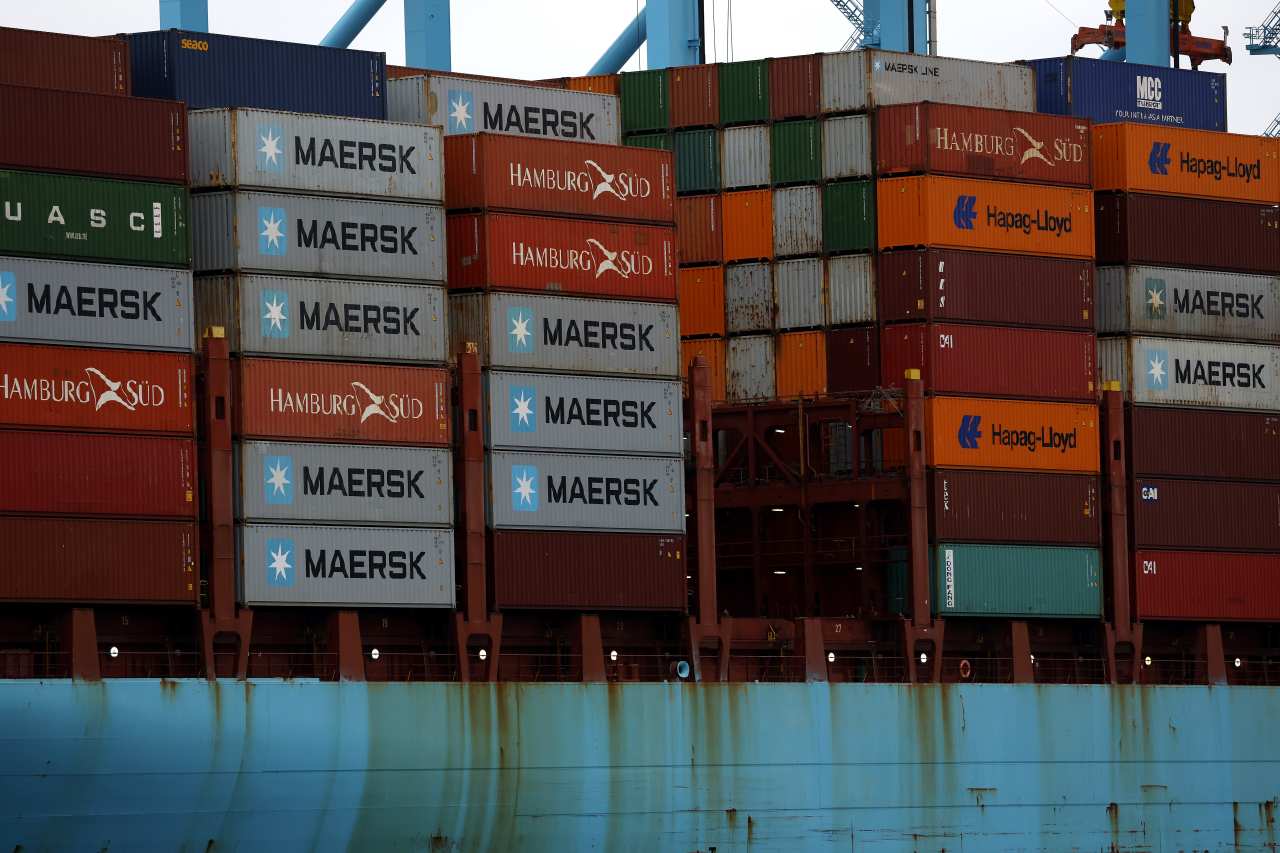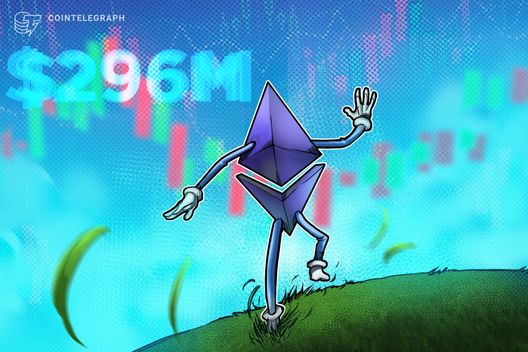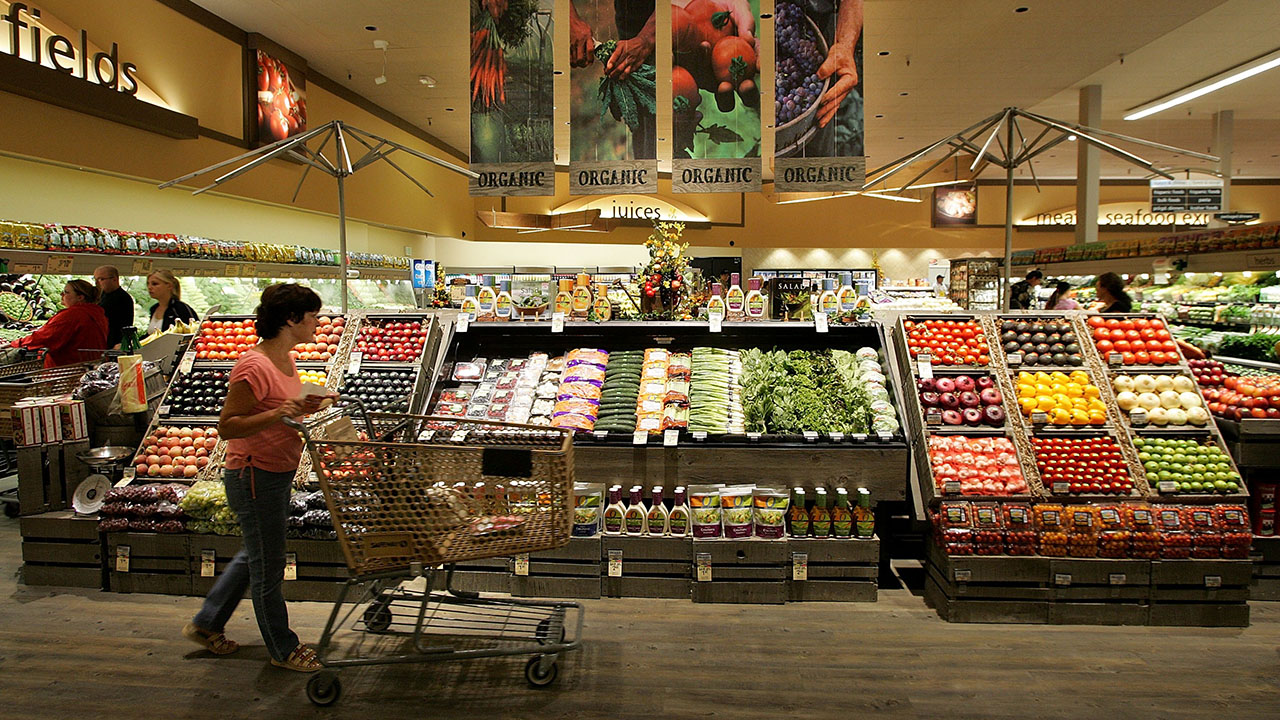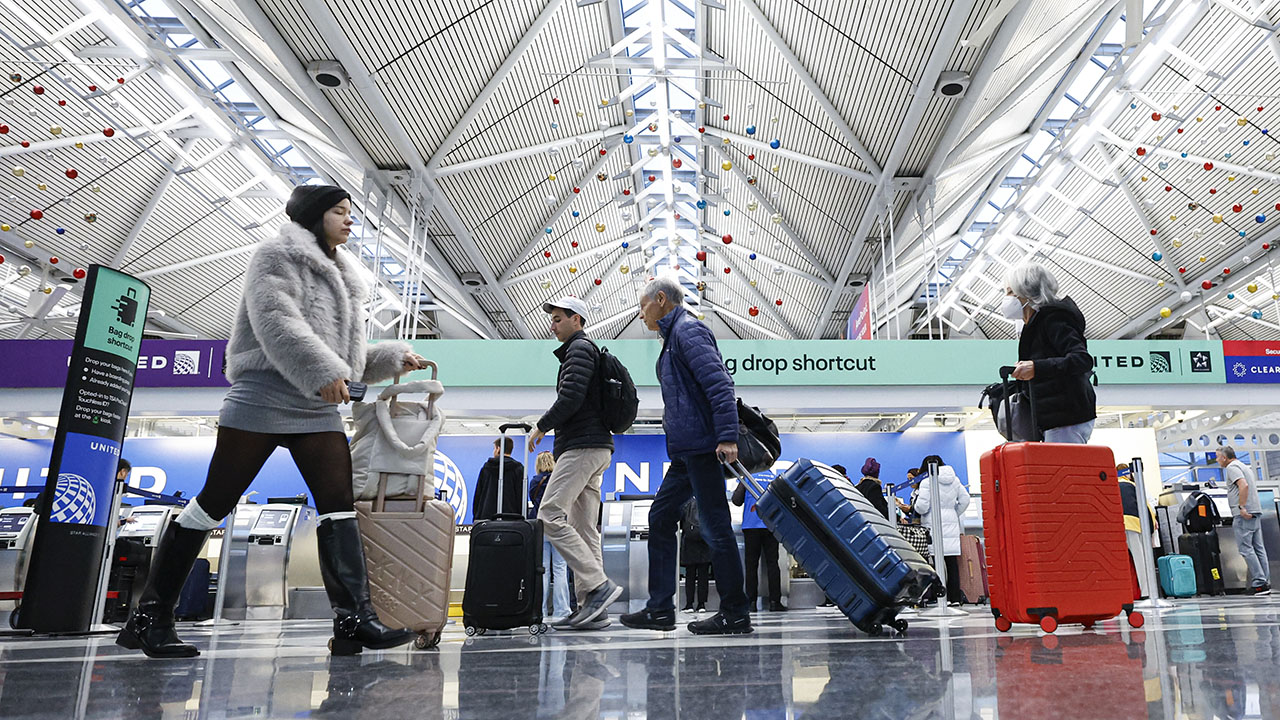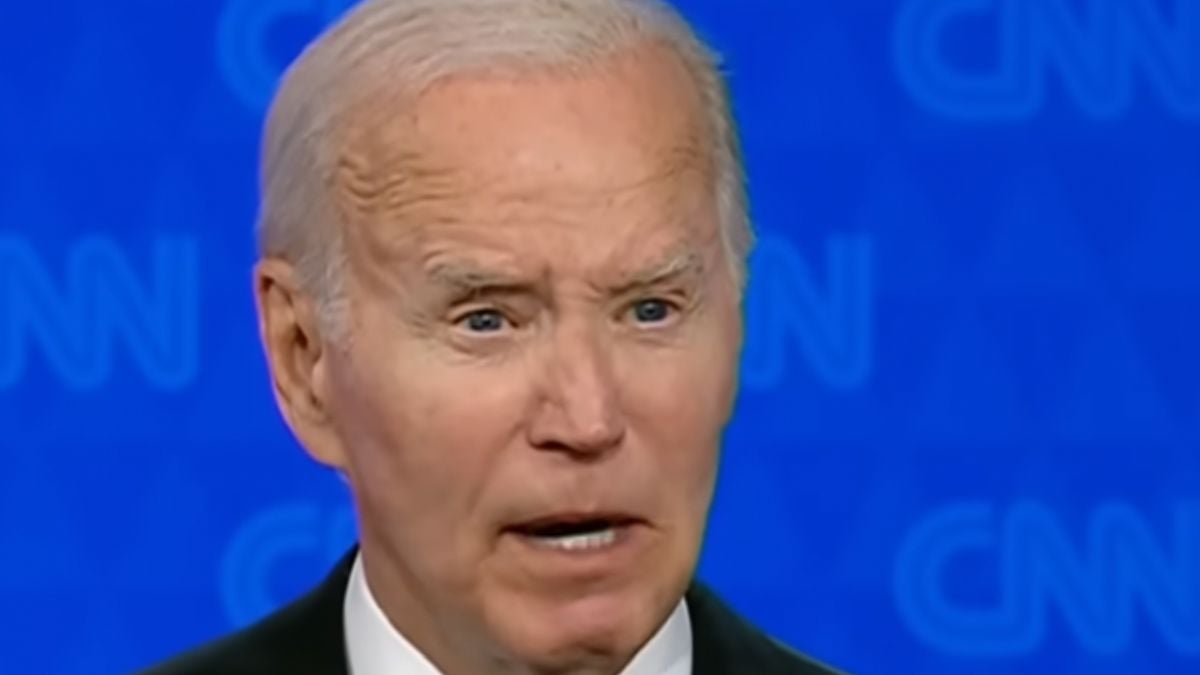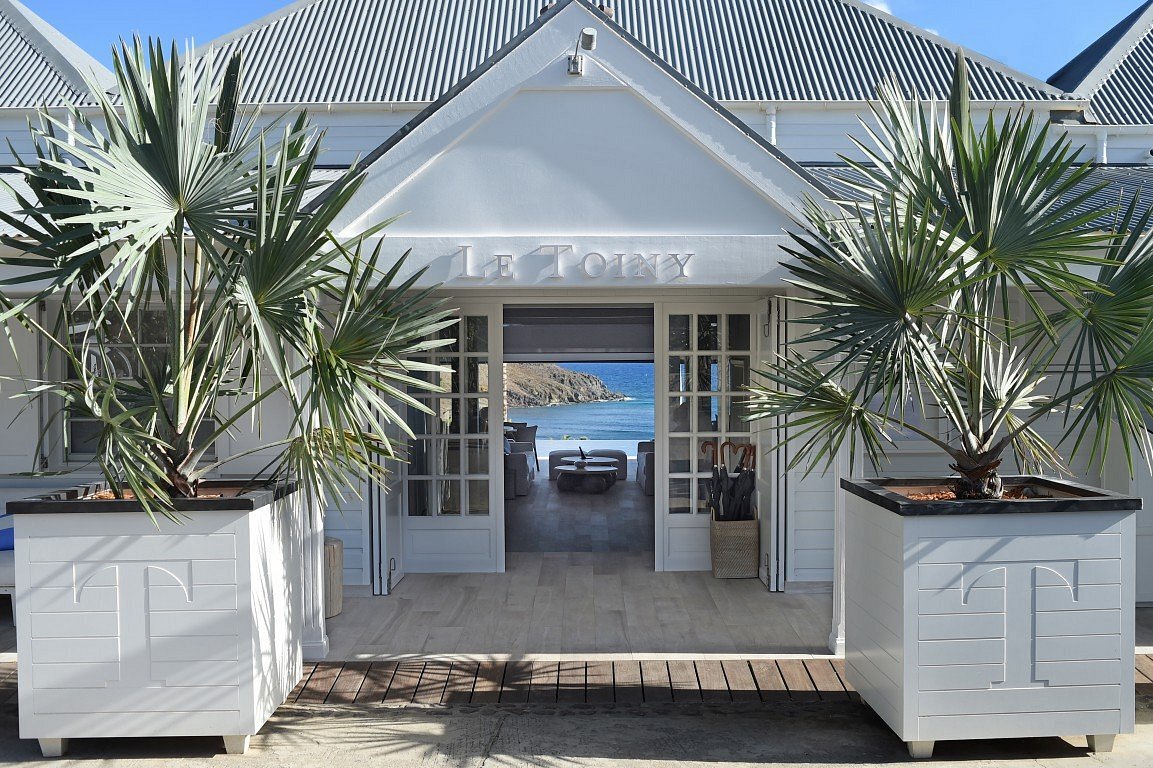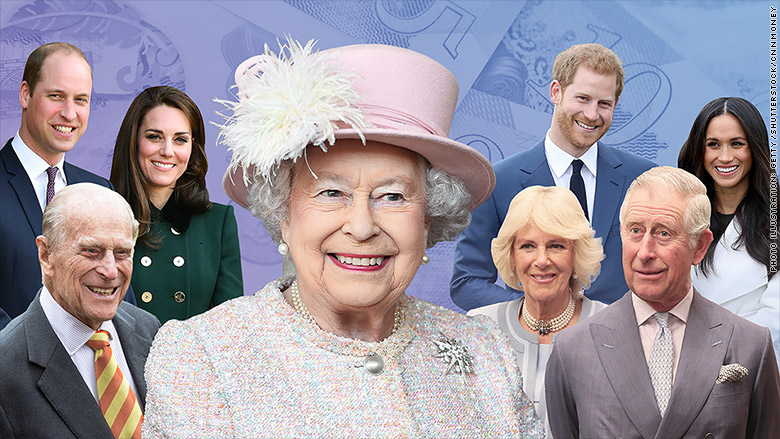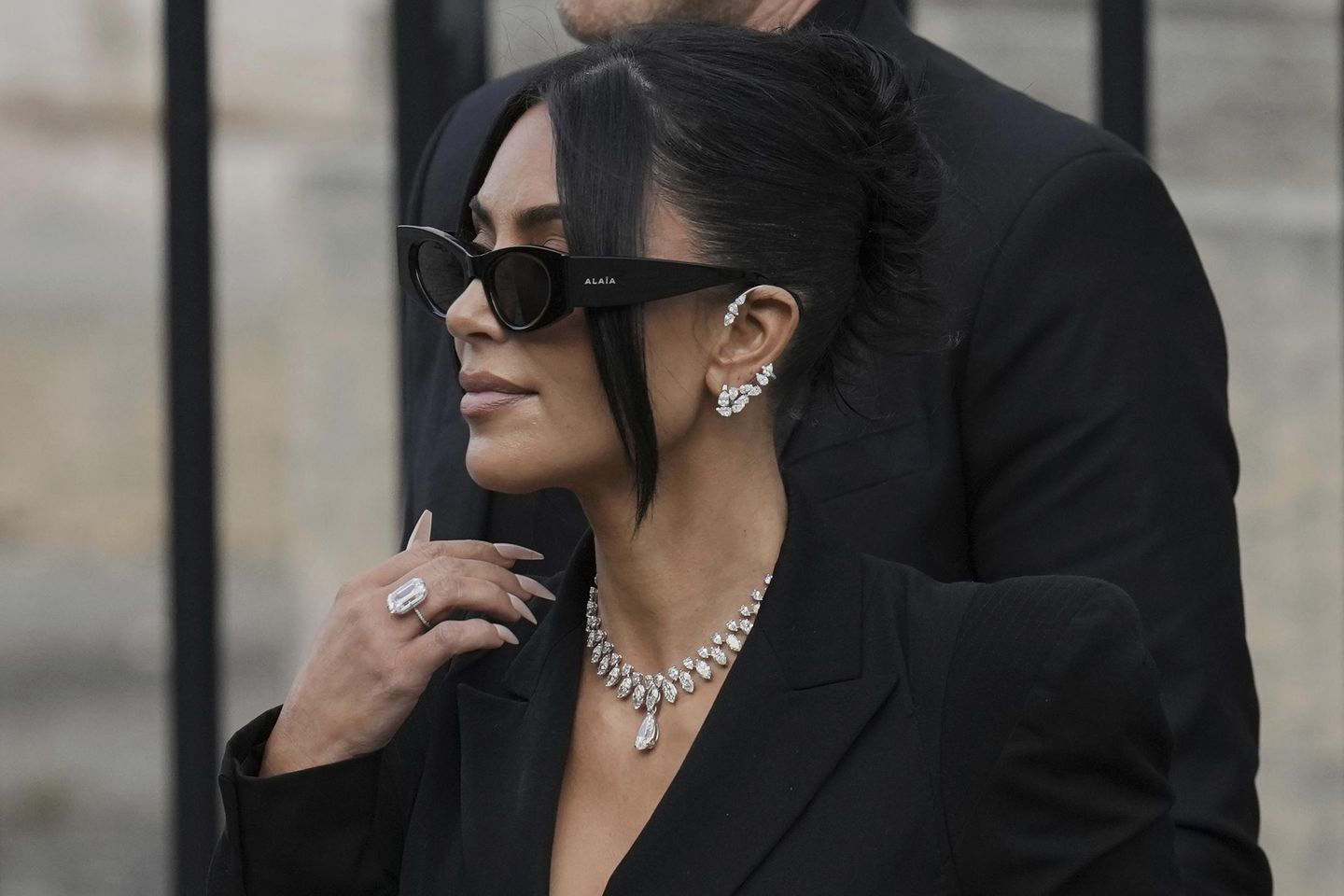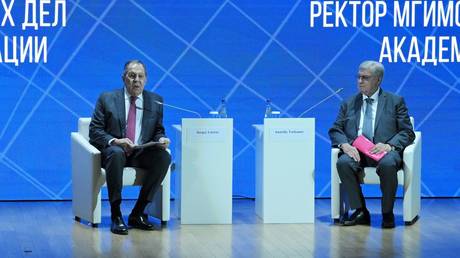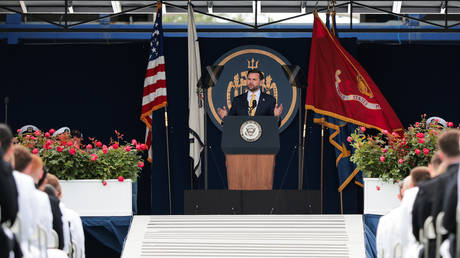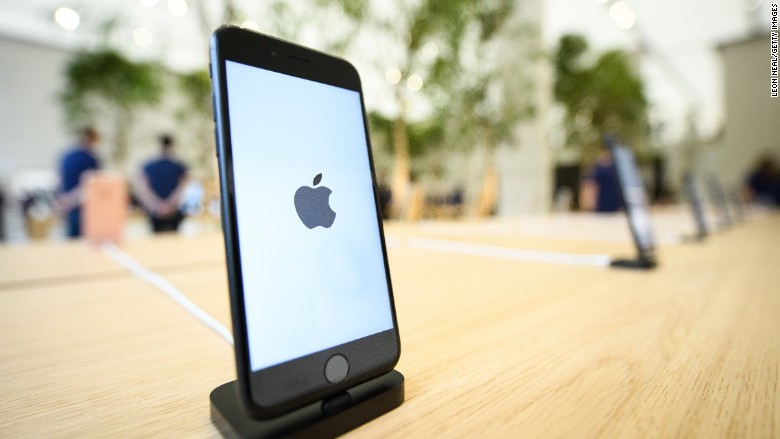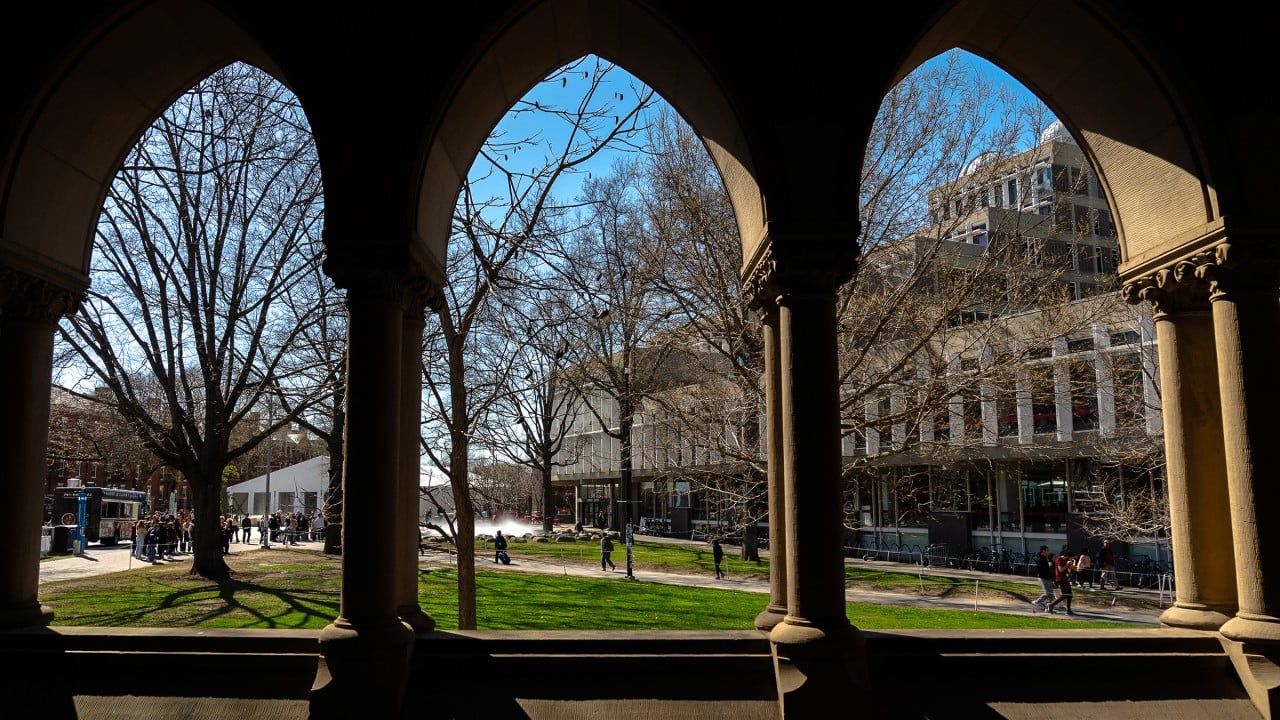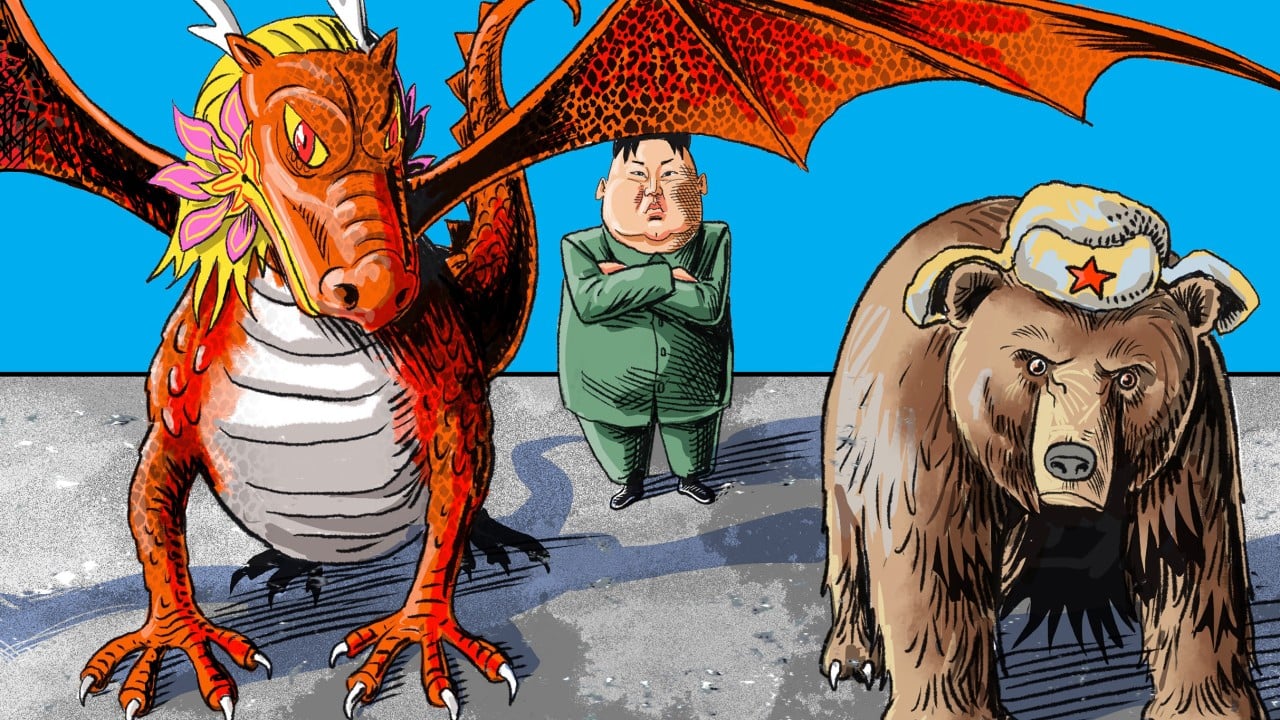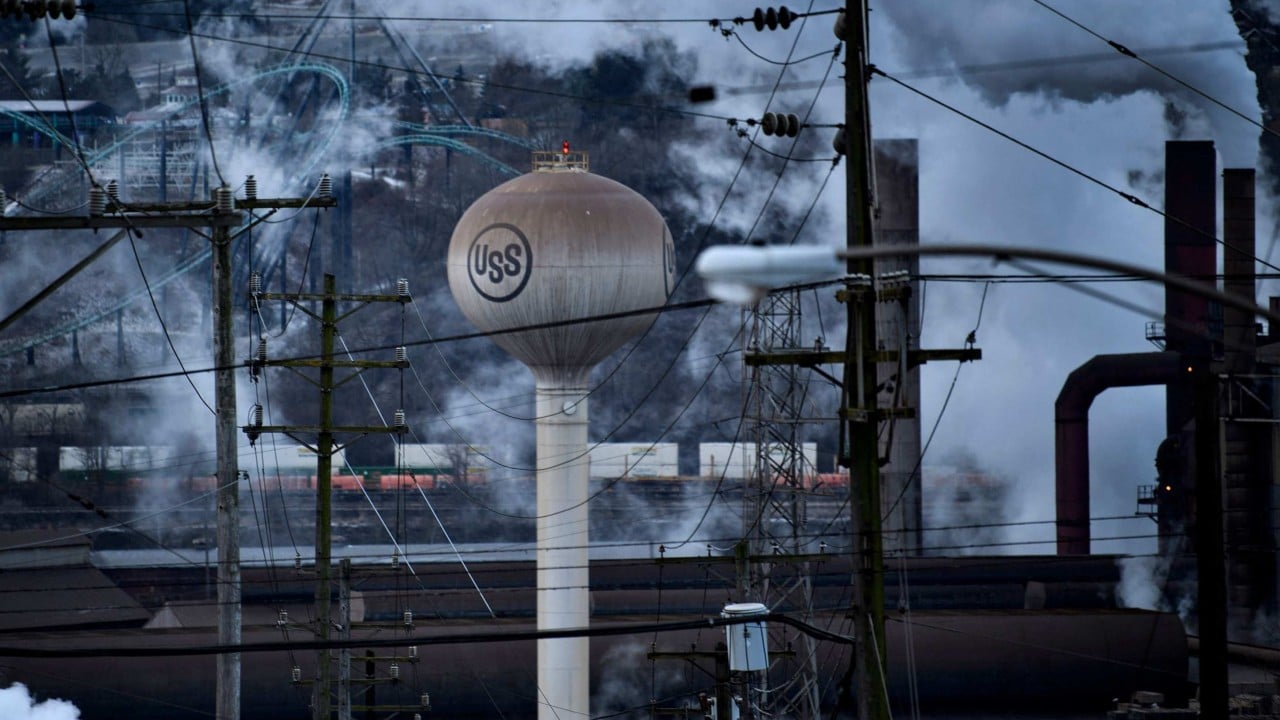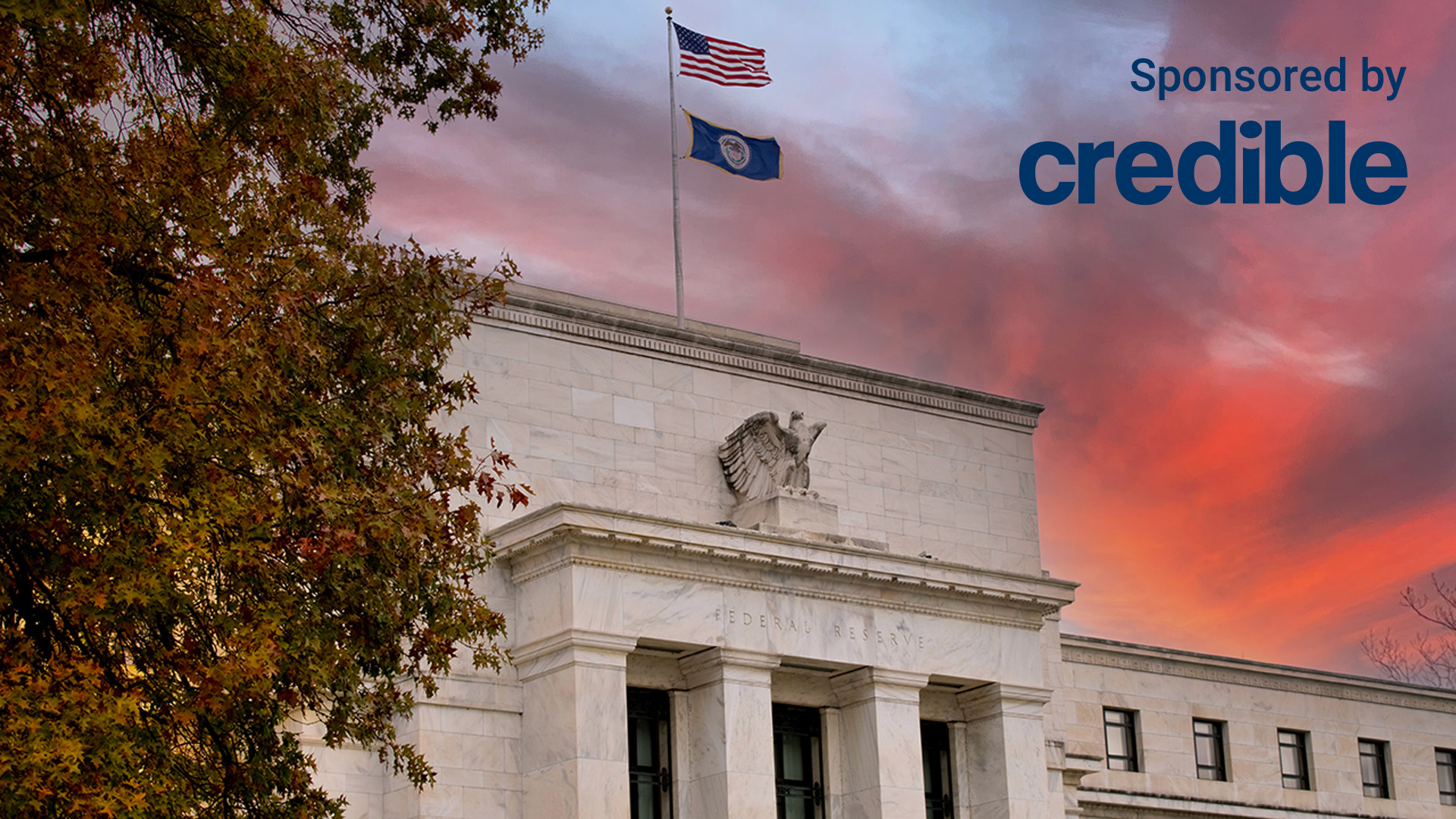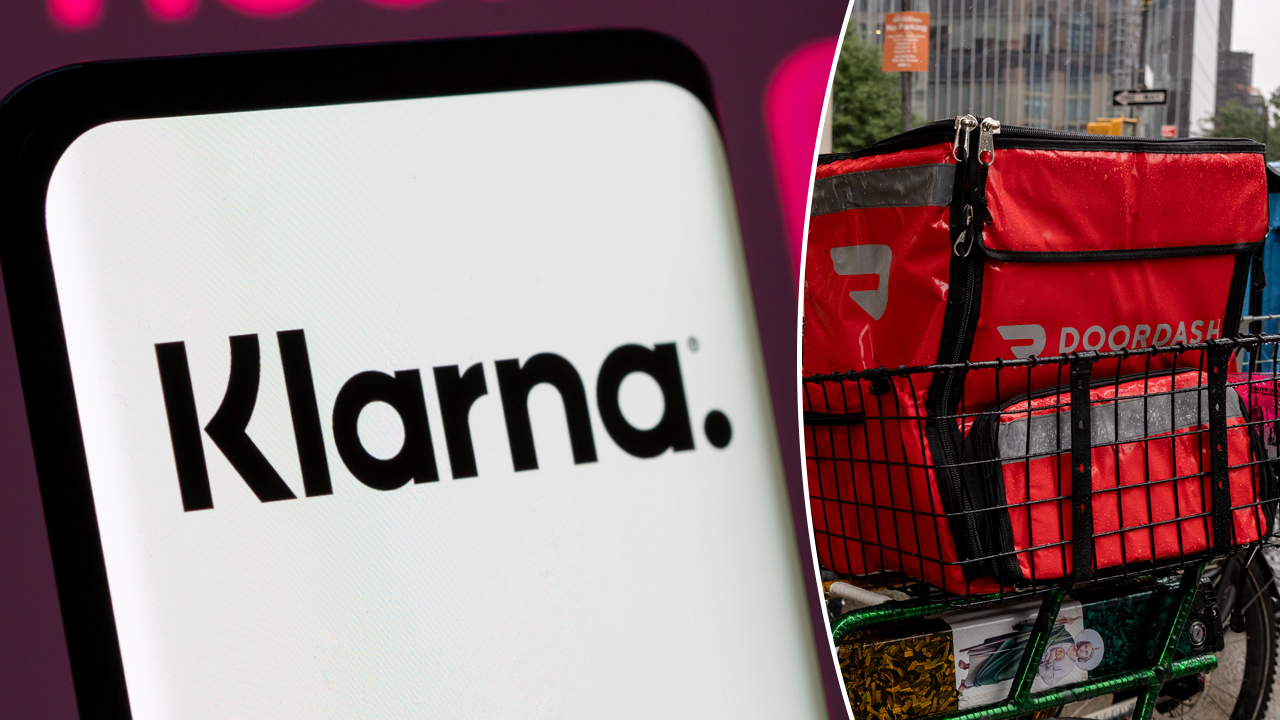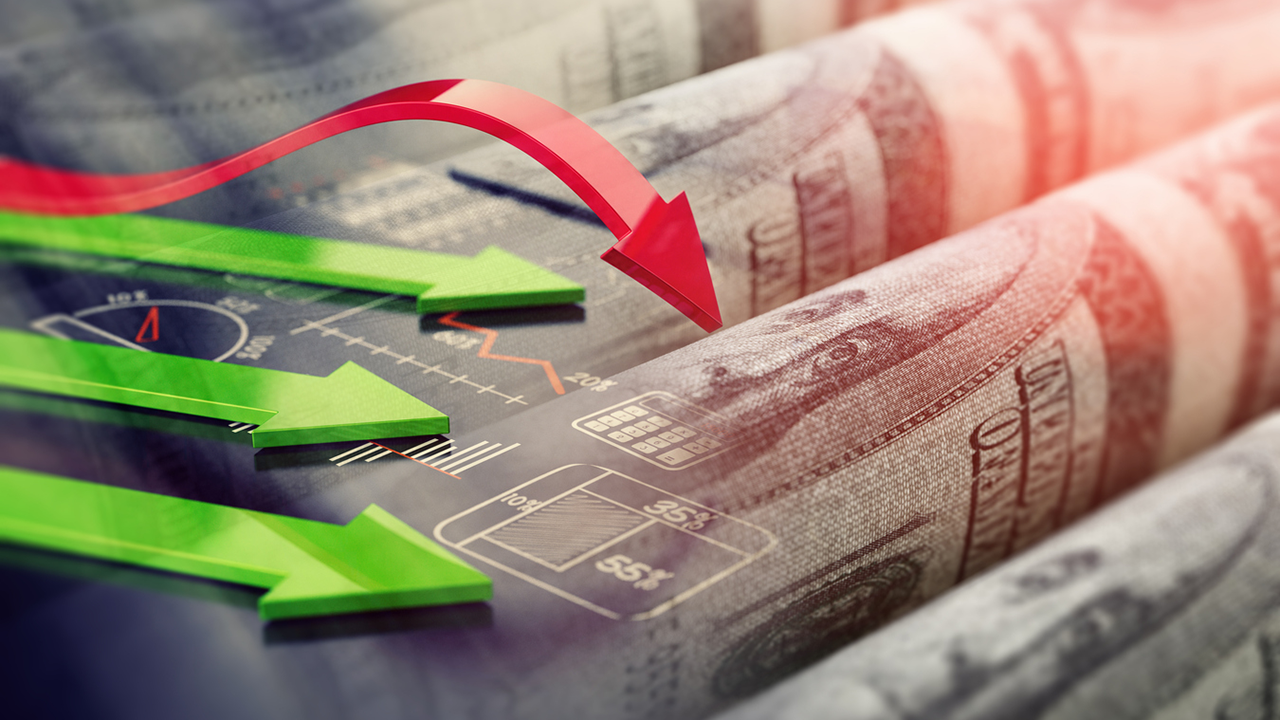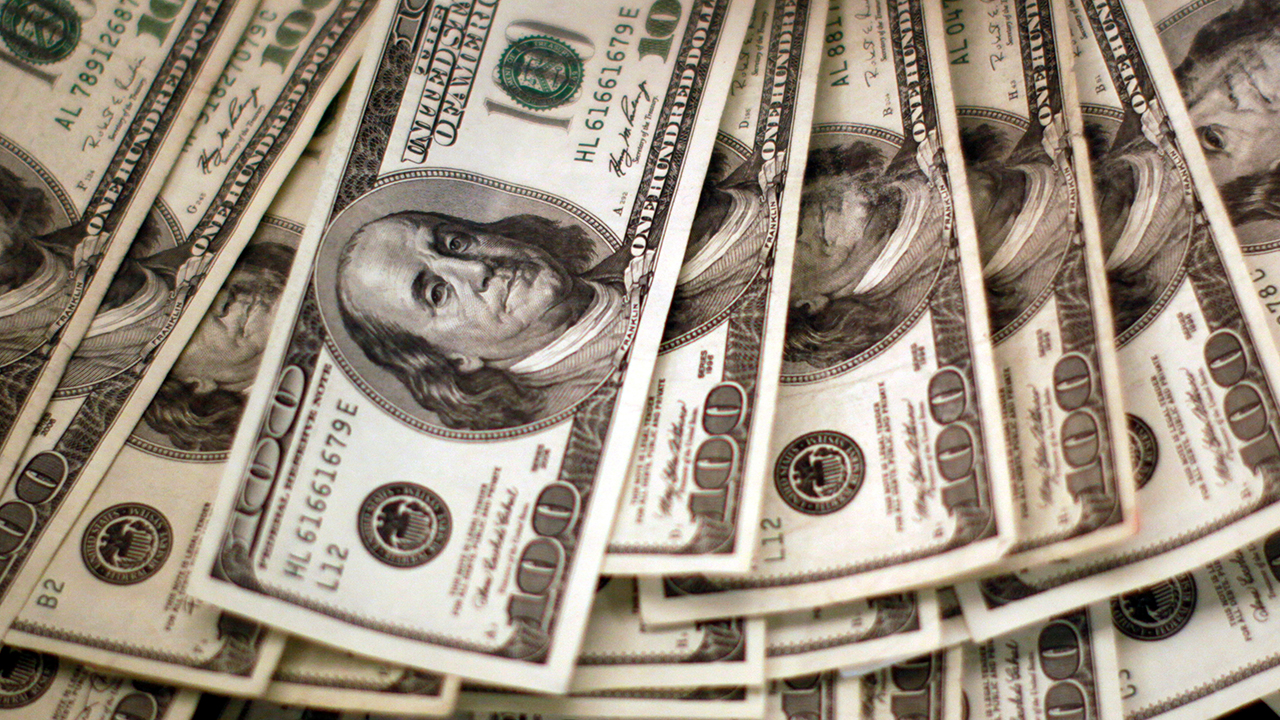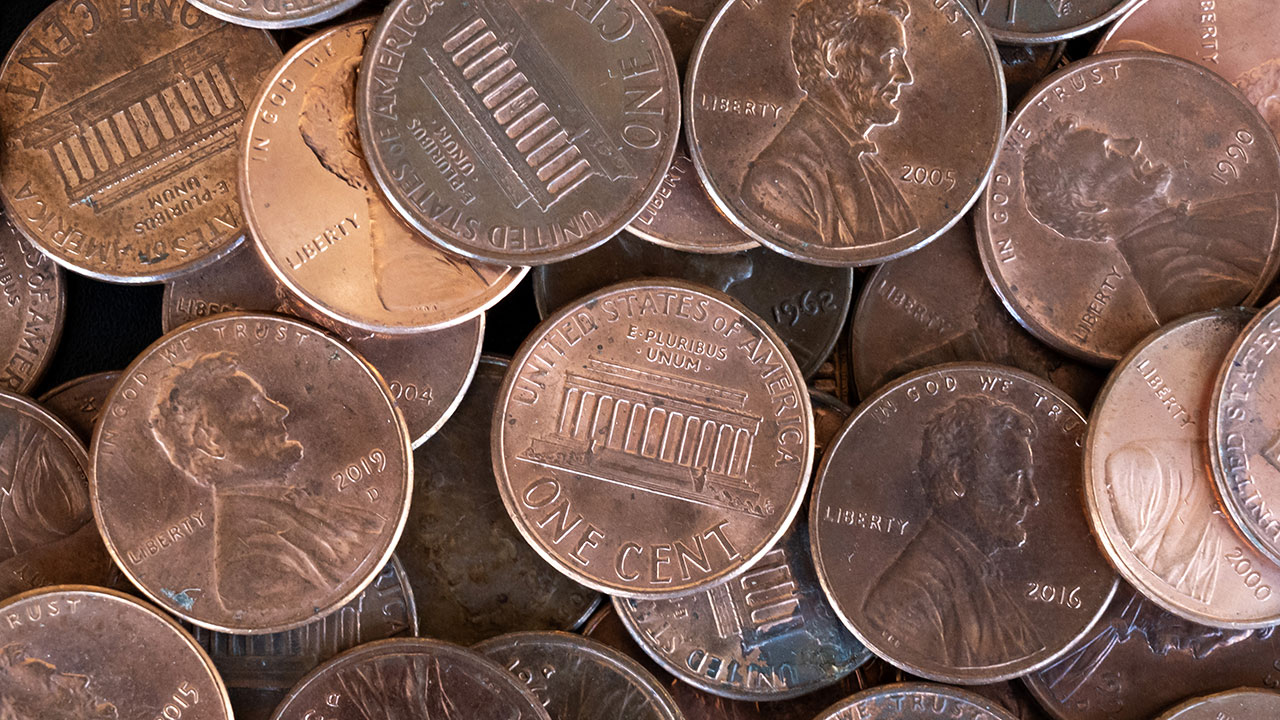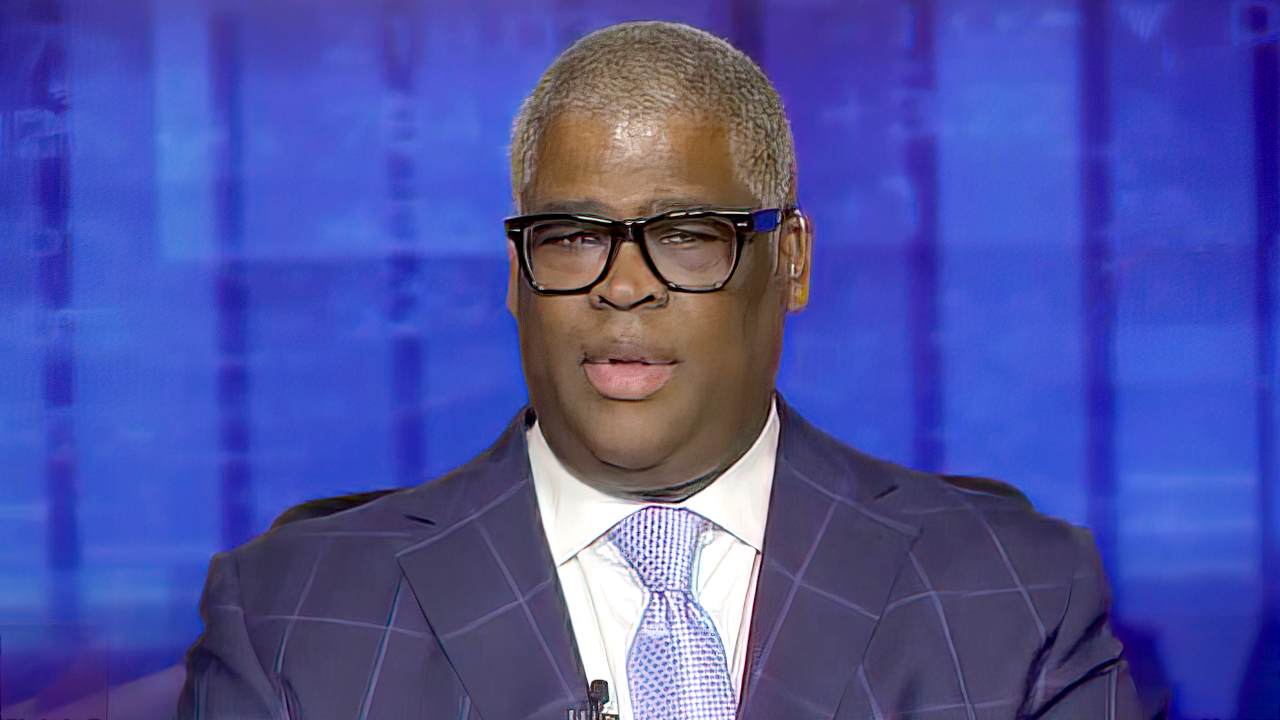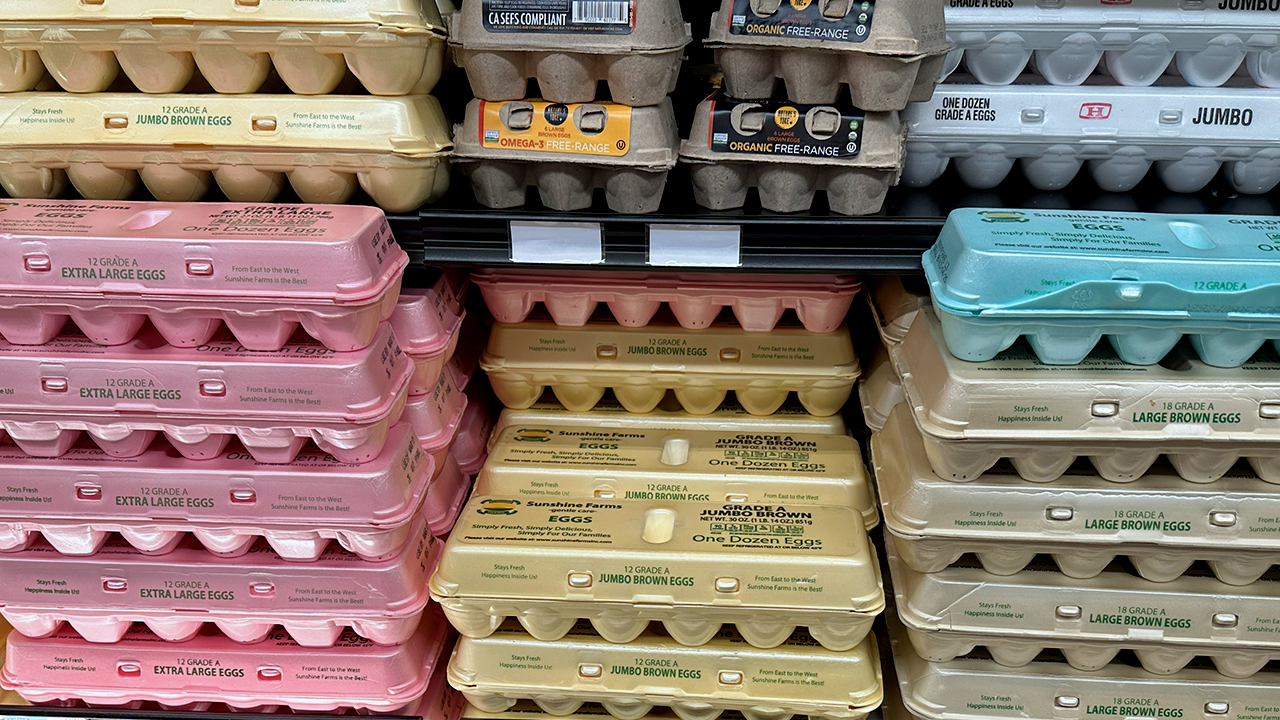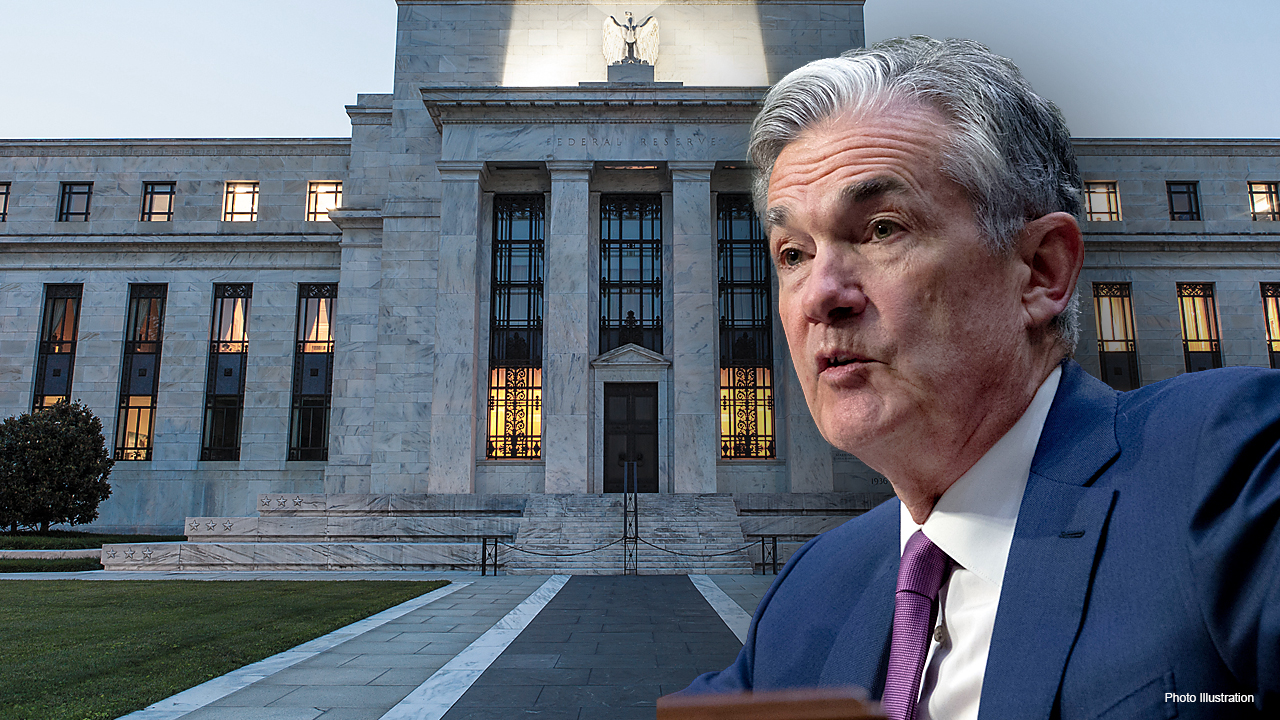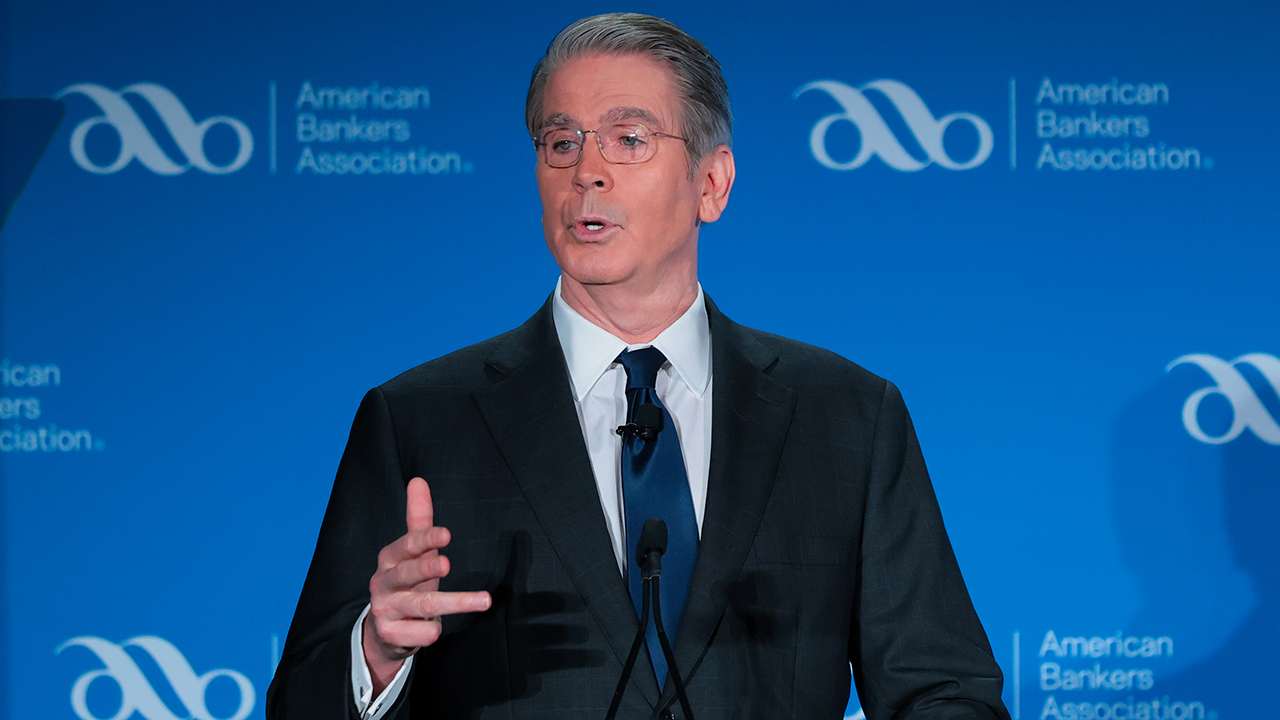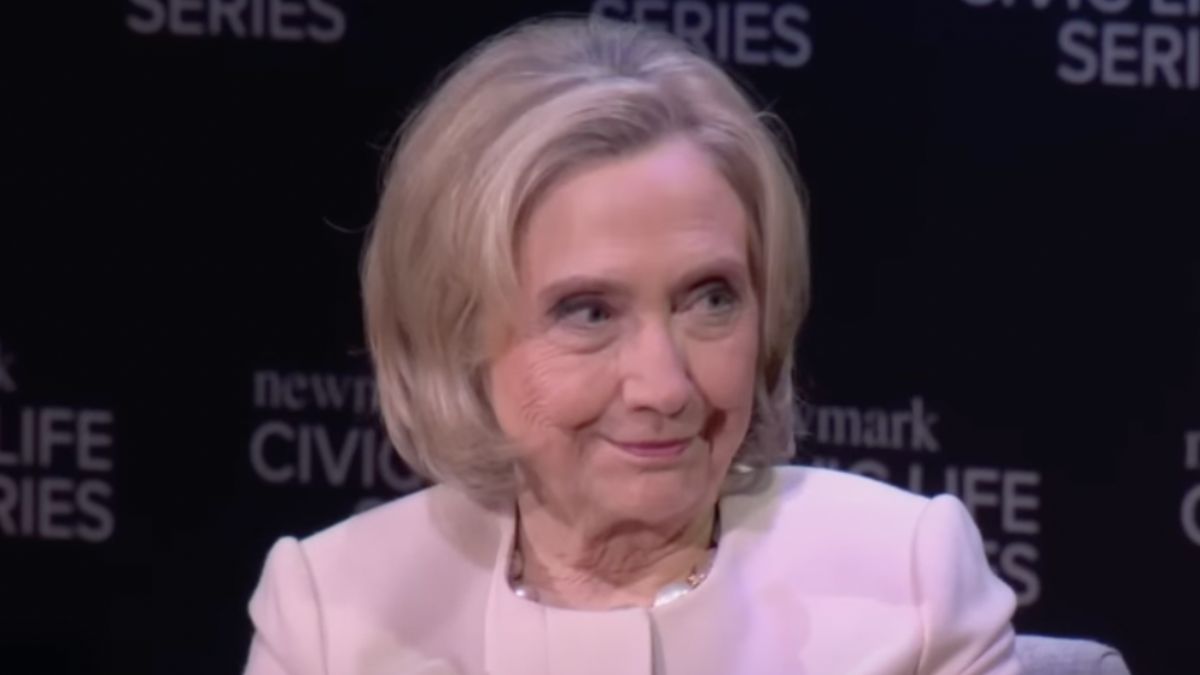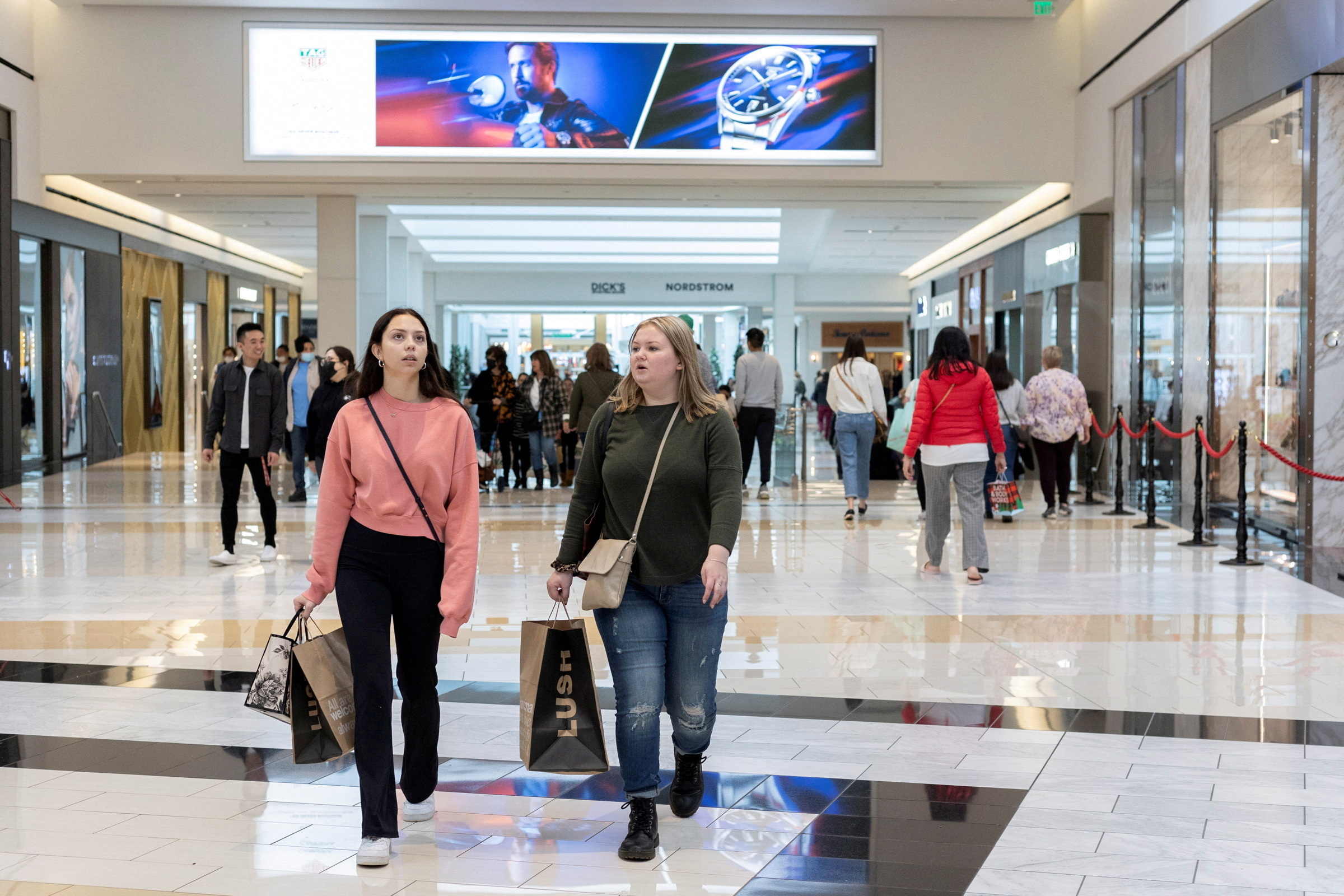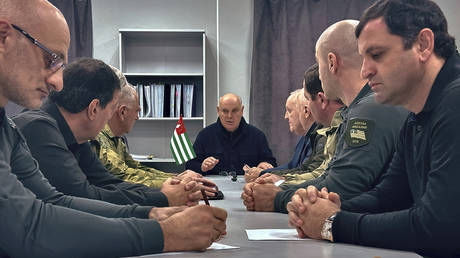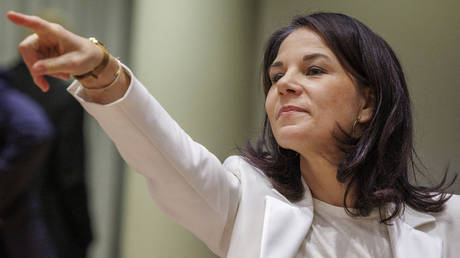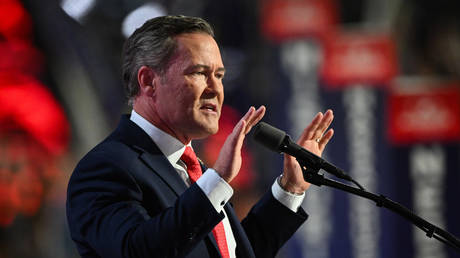There Is Only One Way to Make Sense of the Tariffs

Yesterday afternoon, Donald Trump celebrated America’s so-called Liberation Day by announcing a slew of tariffs on dozens of countries. His plan, if fully implemented, will return the United States to the highest tariff duty as a share of the economy since the late 1800s, before the invention of the automobile, aspirin, and the incandescent light bulb. Michael Cembalest, the widely read analyst at JP Morgan Wealth Management, wrote that the White House announcement “borders on twilight zone territory.”
The most fitting analysis for this moment, however, does not come from an economist or a financial researcher. It comes from the screenwriter William Goldman, who pithily captured his industry’s lack of foresight with one of the most famous aphorisms in Hollywood history: “Nobody knows anything.”
You’re not going to find a better three-word summary of the Trump tariffs than that. If there’s anything worse than an economic plan that attempts to revive the 19th-century protectionist U.S. economy, it’s the fact that the people responsible for explaining and implementing it don’t seem to have any idea what they’re doing, or why.
[Rogé Karma: Trump’s tariffs are designed to backfire]
On one side, you have the longtime Trump aide Peter Navarro, who has said that Trump’s tariffs will raise $6 trillion over the next decade, making it the largest tax increase in American history. On another, you have pro-Trump tech folks, such as Palmer Luckey, who have instead claimed that the goal is the opposite: a world of fully free trade, as countries remove their existing trade barriers in the face of the new penalties. On yet another track, there is Stephen Miran, the chair of the Council of Economic Advisers, who has suggested that the tariff salvo is part of a master plan to rebalance America’s relationship with the global economy by reducing the value of the dollar and reviving manufacturing employment in the United States.
These three alleged goals—raising revenue, restoring free trade, and rejiggering the global economy—are incompatible with one another. The first and second explanations are mutually exclusive: The state can’t raise tax revenue in the long run with a levy that is designed to disappear. The second and third explanations are mutually exclusive too: You can’t reindustrialize by doubling down on the global-trade free-for-all that supposedly immiserated the Rust Belt in the first place. Either global free trade is an economic Valhalla worth fighting for, or it’s the cursed political order that we’re trying desperately to destroy.
As for Trump’s alleged devotion to bringing back manufacturing jobs, the administration has attacked the implementation of the CHIPS bill, which invested in the very same high-tech semiconductors that a strategic reindustrialization effort would seek to prioritize. There is no single coherent explanation for the tariffs, only competing hypotheses that violate one another’s internal logic because, when it comes to explaining this economic policy, nobody knows anything.
One might expect clarity from Treasury Secretary Scott Bessent. But even he doesn’t seem to understand what’s going on. The “tariff gun will always be loaded and on the table, but rarely discharged,” he said last year. So much for that. Yesterday, a Bloomberg reporter asked Bessent if the Trump administration has plans to negotiate with America’s trading partners. “We’re just going to have to wait and see,” he said. Was the administration ready to negotiate with the European Union, China, or India? “We’ll see.” Asked why Canada and Mexico were missing from the president’s list of tariffs, he switched it up: “I’m not sure.” Nobody knows anything.
By the numbers, the tariffs are less an expression of economic theory and more a Dadaist art piece about the meaninglessness of expertise. The Trump administration slapped 10 percent tariffs on Heard Island and McDonalds Islands, which are uninhabited, and on the British Indian Ocean Territory, whose residents are mostly American and British military service members. One of the highest tariff rates, 50 percent, was imposed on the African nation of Lesotho, whose average citizen earns less than $5 a day. Why? Because the administration’s formula for supposedly “reciprocal” tariff rates apparently has nothing to do with tariffs. The Trump team seems to have calculated each penalty by dividing the U.S. trade deficit with a given country by how much the U.S. imports from it and then doing a rough adjustment. Because Lesotho’s citizens are too poor to afford most U.S. exports, while the U.S. imports $237 million in diamonds and other goods from the small landlocked nation, we have reserved close to our highest-possible tariff rate for one of the world’s poorest countries. The notion that taxing Lesotho gemstones is necessary for the U.S. to add steel jobs in Ohio is so absurd that I briefly lost consciousness in the middle of writing this sentence.
[Read: The good news about Trump’s tariffs]
If the tariffs violate their own internal logic and basic common sense, what are they? Most likely, they represent little more than the all-of-government metastasis of Trump’s personality, which sees grandiosity as a strategy to pull counterparties to the negotiating table and strike deals that benefit Trump’s ego or wallet. This personality style is clear, and it has been clearly stated, even if its application to geopolitics is confounding to observe. “My style of deal-making is pretty simple and straightforward,” Trump writes in The Art of the Deal. “I aim very high, and then I just keep pushing and pushing and pushing to get what I’m after. Sometimes I settle for less than I sought but in most cases I still end up with what I want.”
One can see this playbook—threat, leverage, concession, repeat—playing out across all of society. It’s happening in trade. It’s happening in law. It’s happening in academia. In the first two months of his second term, Trump has already squeezed enormous concessions out of white-shoe law firms and major universities. Trump appears to care more about the process of gaining leverage over others—including other countries—than he does about any particular effective tariff rate. The endgame here is that there is no endgame, only the infinite game of power and leverage.
Trump’s defenders praise the president for using chaos to shake up broken systems. But they fail to see the downside of uncertainty. Is a textile company really supposed to open a U.S. factory when our trade policy seems likely to change every month as Trump personally negotiates with the entire planet? Are manufacturing firms really supposed to invest in expensive factory expansions when the Liberation Day tariffs caused a global sell-off that signals an international downturn? Trump’s personality is, and has always been, zero-sum and urgent, craving chaos, but economic growth is positive-sum and long-term-oriented, craving certainty for its largest investments. The scariest thing about the Trump tariffs isn’t the numbers, but the underlying message. We’re all living inside the president’s head, and nobody knows anything.
What's Your Reaction?
 Like
0
Like
0
 Dislike
0
Dislike
0
 Love
0
Love
0
 Funny
0
Funny
0
 Angry
0
Angry
0
 Sad
0
Sad
0
 Wow
0
Wow
0


